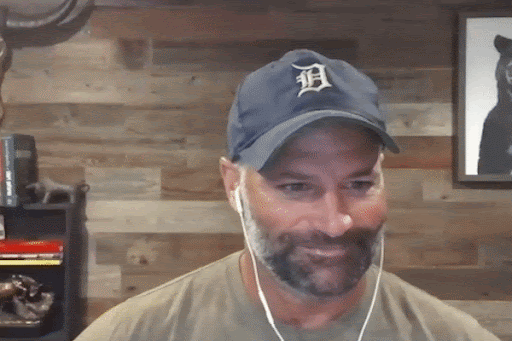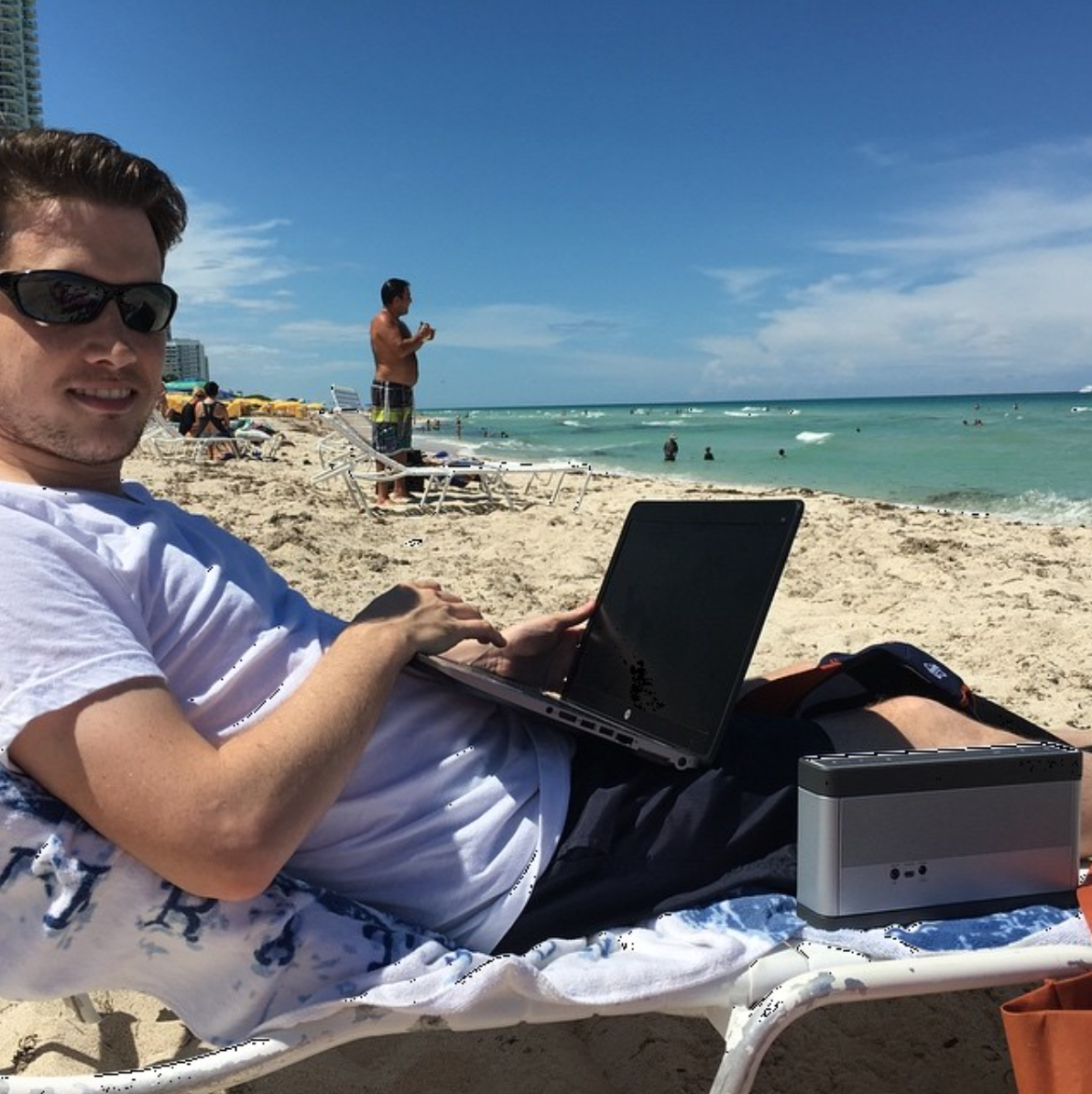Happy Friday, Evolvers!
Today, we’ll cover the topic of risk in great detail — how to manage it, how to be unafraid of it, and how to know when (and when not) to take it.
I know this is one of the most difficult aspects of trading for many to deal with, so I want to help you understand how to manage your risk like a pro…
WARNING: If you don’t manage your risk carefully, you’ll become part of the 90% of traders who LOSE MONEY!
But first, let’s talk about what’s going on in the overall markets…
The SPDR S&P 500 ETF Trust (NYSEARCA: SPY) saw rollercoaster price action on Thursday as the index went from $400, down to $396, and then right back to $400.
This marginal first green day followed a brutal first half of the week for the SPY, which saw the index shed 2% in three days.
Bottom line: Today’s price action will be incredibly important for the SPY. If the chart can’t hold above $400, the odds of further downside increase significantly.
But for now, it’s time for our Friday Q&A! Keep reading and I’ll answer your questions…
“When it comes to risk management, how do you weigh the potential for large profits with the risk of significant losses?”
The right way to manage your risk depends largely on your personality, risk tolerance, and account size.
But I’ll tell you that my personal grasp of risk management came from experience and time in the markets.
I’m a naturally conservative trader. As painful as it can be to be left out of winning trades, I’d rather miss a big opportunity than risk too much and lose a small fortune.
That said, I try to evaluate each trade I’m approaching independently…
If a setup is intriguing but I’m not 100% convinced, I’ll put a small size on, then add to it later once I get confirmation of the move.
But if I think it’s a genuinely five-star trading opportunity, I’m not afraid to put my money where my mouth is…
For example, in February 2021, I saw a rare opportunity and risked over $105,036.99 on Riot Blockchain Inc. (NASDAQ: RIOT) puts…
Obviously, this was a huge amount of risk to take on, but I knew I had to press my edge when the trade presented itself.
And sure enough, it paid off. I closed that trade out for $232,898.07 — a profit of $127,800 (121%).
My point is … I wouldn’t have sized so aggressively if I didn’t have the utmost confidence in the trade.
And how you evaluate trade opportunities comes from experience.
Keep trading and, over time, I bet you’ll find your rhythm when it comes to risk tolerance and position sizing.
“I want to learn the art of trading, but I’m living paycheck-to-paycheck. I don’t feel comfortable risking the money that I need to pay my bills. How can I learn to trade without putting indispensable income on the line?”
First, you should never risk more than you’re willing to lose.
If you need the money in your accounts to pay your bills … you CANNOT trade with that capital.
Doing so will lead you down a dangerous path, where your risk assessment will be skewed by your fear of losing!
Allow me to make a comparison…
In the game of poker, you’re playing for money. But you don’t put actual dollars on the table, you play with chips.
Great poker players don’t worry about money when crafting their strategies. Instead, they size their bets based on chip count and stack sizes.
This is something great traders have in common with excellent poker players … they size their trades based on the quality of the setup, not based on how much money they have (or are looking to earn).
Until you can find some disposable income that you can trade without emotion, you shouldn’t be risking any real capital.
And if you’re still stumped as to how you can learn to trade, I’ll give you a few suggestions:
Get a part-time job to fund your trading
The greatest investor in history, Warren Buffett, started buying stocks when he was a teenager. Today, he’s worth over $100 billion.
But do you think young Buffett had billions of dollars to risk during his early years in the markets? (Of course, he didn’t…)
Rather, Buffett started delivering newspapers at the age of 13 to fund his obsession with investing.
It may not have been a glamorous job … but it gave him the freedom to invest capital he wasn’t afraid to lose.
In hindsight, this was a pretty great move, wasn’t it?!
Plus, these days, you don’t have to wake up at 4 a.m. and ride a bike around your neighborhood to make additional income.
There are thousands of jobs you can do from home, on your computer, in the same environment you’ll learn to trade.
Start learning with paper trading
Paper trading allows you to try out a wide variety of strategies, setups, and patterns without risking a dime.
Paper trading can help you develop the skills needed for successful trading (like risk management, technical analysis, and decision-making).
You can work on identifying uptrends and downtrends, determining entry and exit points, and managing your trades in a risk-free environment.
But the best part is this…
When you make mistakes in paper trading, there are no financial consequences. This allows you to learn from your mistakes without taking any losses and adjust your strategies accordingly.
Then, as you develop your skills through paper trading, you’ll gain confidence, which can help you to be more confident when you start trading with real money.
Bottom line: If you can’t yet afford to risk real capital, start testing your strategies with paper trading.
Final Thoughts
Have a great weekend, Evolvers!
Study hard, have some fun, and be ready for anything come Monday morning!
Keep evolving!



